Cigar Review: H. Upmann by A.J. Fernandez Robusto
29 May 2017
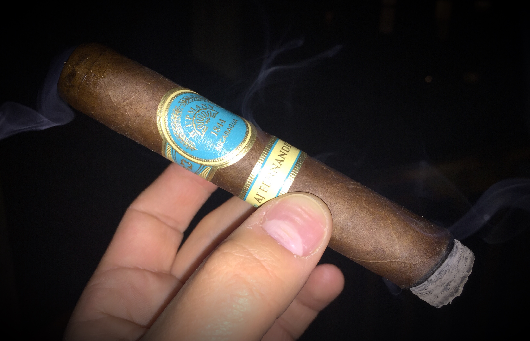
Justified or not, hardcore cigar enthusiasts will often ignore brands from huge companies like General Cigar and Altadis in favor of offerings from small, boutique operations. Perhaps in an effort to combat this treatment, the two industry giants have both partnered with cigar makers who—while certainly not small—manage to maintain a solid rapport among the most dedicated segment of the cigar smoking community.
 A few notable examples: In 2015, Altadis tapped Pete Johnson of Tatuaje to help craft Henry Clay Tattoo, a limited run of 2,500 boxes that quickly sold out. In 2016, General chose to partner with A.J. Fernandez, well-known for his operations in Nicaragua, to develop a four-vitola line called La Amistad.
A few notable examples: In 2015, Altadis tapped Pete Johnson of Tatuaje to help craft Henry Clay Tattoo, a limited run of 2,500 boxes that quickly sold out. In 2016, General chose to partner with A.J. Fernandez, well-known for his operations in Nicaragua, to develop a four-vitola line called La Amistad.
These days, A.J. Fernandez has switched teams from General to Altadis to launch his version—a Nicaraguan version, of course—of the famed H. Upmann brand. It is made at the Tabacalera A.J. Fernandez Cigars de Nicaragua factory with an Ecuadorian Sumatra wrapper, Nicaraguan Corojo ’99 binder, and filler tobaccos from Nicaragua and the Dominican Republic. The three sizes—Churchill (7 x 54), Toro (6 x 54), and Robusto (5 x 52)—retail in the affordable $7.25-$7.75 range.
I recently bought a five-pack of the Robustos for $36.25. This cigar makes a great first impression with its smooth, silky, milk chocolate-colored wrapper, well-constructed cap, and firm packing of tobaccos. The foot yields savory pre-light aromas of peanut, hay, and cocoa, and the cold draw is effortless.
After establishing an even light, the first thing you notice is the chalky, powdery texture of the smoke. The flavor is best characterized by cocoa, sweet cedar, cream, and a gentle white pepper spice. The body is medium and the smoke production is above average.
As the Robusto nears the midway point, the minimal spice recedes even further, and the profile becomes a little woodsier. Oak takes center stage, though there’s still a nice backdrop of creamy sweetness. The final third exhibits a slight increase in intensity. Throughout, the combustion properties are absolutely flawless. The burn is straight, the ash holds well off the foot, and the draw remains easy with abundant smoke output.
It has only been about a week since H. Upmann by A.J. Fernandez shipped nationally (it was initially distributed to about 30 strategic retail accounts on May 8, with a wider distribution commencing on May 22).
It seems to me A.J. Fernandez was aiming for a tamer Nicaraguan blend that’s consistent with the traditional H. Upmann profile. In other words, I don’t think he sought to bring the full-bodied Nicaraguan spice and strength to this Dominican brand. Whatever the intent, the result works. This is a balanced, tasty, medium-bodied treat that smokes like a gem. In my book, it’s worthy of four stogies out of five.

[To read more StogieGuys.com cigar reviews, please click here.]
photo credit: Stogie Guys

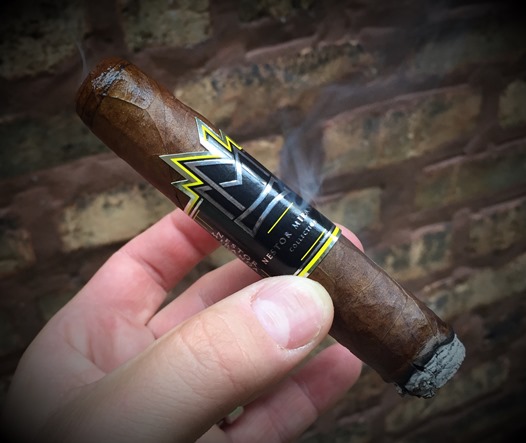
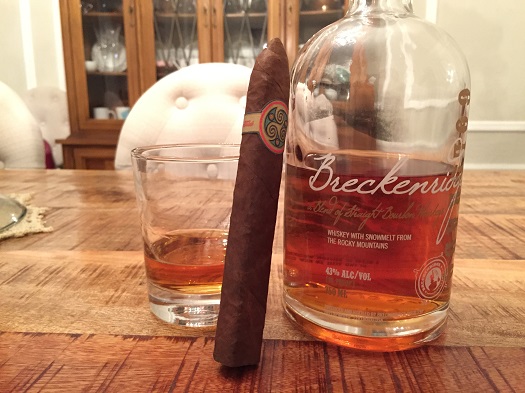
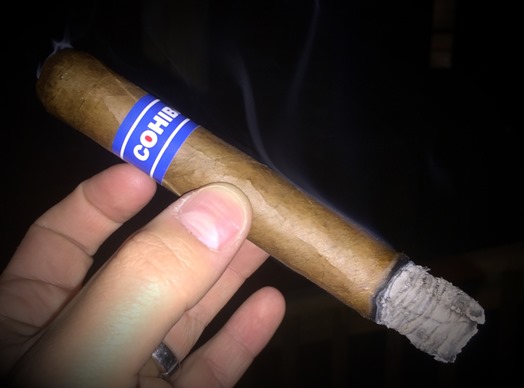
 I don’t know this for sure, but my sense is the Cohiba marketing team was aiming for a differentiated look that expressed modernity and approachability. The purpose of Cohiba Blue, after all, seems to be to attract more (presumably younger) consumers to the brand at a less intimidating price point.
I don’t know this for sure, but my sense is the Cohiba marketing team was aiming for a differentiated look that expressed modernity and approachability. The purpose of Cohiba Blue, after all, seems to be to attract more (presumably younger) consumers to the brand at a less intimidating price point.

 A new direction? Yes. But a predictable one. In recent years, Nicaragua has grown to become (arguably) the epicenter of the cigar world. And that means even classic brands with strong identities to other countries of origin—like Davidoff and the Dominican Republic—have to consider cashing in on Nicaragua’s rise in popularity.
A new direction? Yes. But a predictable one. In recent years, Nicaragua has grown to become (arguably) the epicenter of the cigar world. And that means even classic brands with strong identities to other countries of origin—like Davidoff and the Dominican Republic—have to consider cashing in on Nicaragua’s rise in popularity.
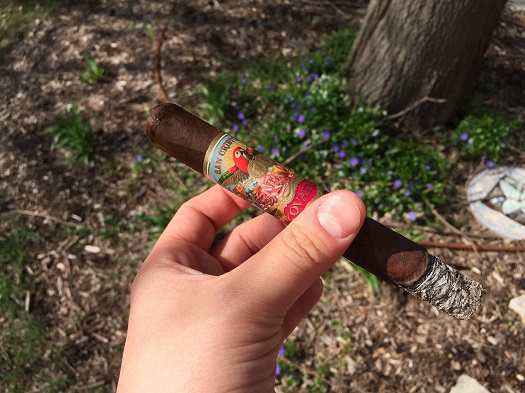
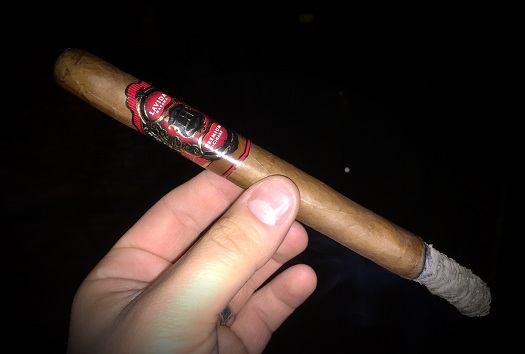
 LH Premium Cigars launched in the U.S. in 2014 with Claro and Maduro lines, and in 2015 debuted the Colorado. Each is crafted at the Tabacos de Costa Rica factory in Costa Rica and was originally offered in three vitolas: Robusto, Toro, and Gordo. Since, Lancero, Petit Gordo, Corona, and Churchill formats have been added to each of the three lines.
LH Premium Cigars launched in the U.S. in 2014 with Claro and Maduro lines, and in 2015 debuted the Colorado. Each is crafted at the Tabacos de Costa Rica factory in Costa Rica and was originally offered in three vitolas: Robusto, Toro, and Gordo. Since, Lancero, Petit Gordo, Corona, and Churchill formats have been added to each of the three lines. Patrick Ashby
Co-Founder & Editor in Chief
Patrick Ashby
Co-Founder & Editor in Chief Patrick Semmens
Co-Founder & Publisher
Patrick Semmens
Co-Founder & Publisher George Edmonson
Tampa Bureau Chief
George Edmonson
Tampa Bureau Chief